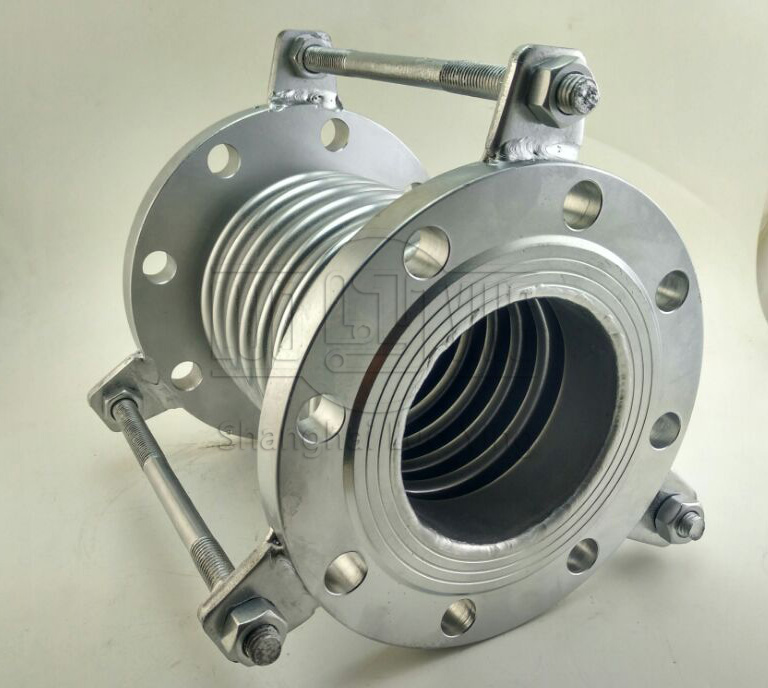Corrugated compensator expansion joint type
Apr-23-16
Corrugated compensator expansion joint typeExpansion joints are more widely used in water conservancy and hydropower, dust removal and environmental protection, metallurgy, petrochemical, cement, flue gas desulfurization and flue gas hot air piping systems are used. According to the main compensation components to distinguish can be divided into: metal corrugated expansion joints, non-metallic expansion joints, rubber expansion joints, packing seal expansion joints. The corrugated metal expansion joint is composed of corrugated pipe as the main compensation element, combined with other metal structural parts (e.g., guide tube, tie rod, hinge plate, pin, vertical plate, universal ring, etc.). As the pipes are round and rectangular, the compensation displacement direction and the compensation amount are different, further subdivision is required.
The non-metallic expansion joint is composed of a skin as the main compensator element, combined with structural parts such as guide barrel, frame, pressure plate and thermal insulation packing package, etc. The selection needs to be designed structurally according to the use environment. Rubber expansion joint with rubber sphere as the main compensation element, combined with flange, fixed and load-bearing components and other components. It is used in the installation of air duct system.


